
SIRAS treatment based on low-resolution SAD phasing
SIRAS phasing is important in solving membrane protein structures. Because anomalous
diffraction signals from intrinsic sulphur atoms are usually not enough to ensure a
successful SAD phasing while preperation of MIR specimens is often difficult.
In theory, diffraction phases can be derived from a set of protein SIRAS data without
ambiguity. However in practice, there may be imperfection of isomorphism between the
native protein and the heavy-atom derivative and, the high-resolution outoff of the
derivative may be much lower than that of the native. A case study on the treatment
of protein SIRAS data showed that effects of the above problems can be eliminated by the
SIRAS phasing starting from a low-resolution SAD phasing followed by a phase extension
from the derivative to the native
(more details).
The known protein TTHA1012 with 213-residues was solved in a test of the pipeline
IPCAS based on
the anomalous scattering signals from 2 sulphur atoms under Cr-Kα radiation.
Ten cycles iterative SAD phasing were performed uisng the programs
OASIS, DM, RESOLVE
(build only) and ARP/wARP. The resultant best model (shown on the left of the following figure)
consists of 166 residues (166 of which sequenced) with R/Rfree=0.267/0.343.
Based on this model, ten cycles of iterative fragment extension running with OASIS, DM
and Buccaneer led to a model (on the right of the following figure) containing 200 residues
(198 of which sequenced) with R/Rfree=0.246/0.303.

2012
OASIS (v4.2) - IPCAS (v1.0) released
OASIS 4.2 - a program of direct-method phasing based on a partial model with or
without SAD/SIR information;
2010
I. New expression of bimodal SAD-phase distributions by the sum of two von Mises
distributions
IPCAS 1.0 - a pipeline for "Iterative Protein
Crystal-structure Automatic Solution" developed in
the
"Institute of Physics, Chinese
Academy of Sciences".
An important step in direct-method SAD phasing is to express SAD-phase distributions by the sum of two unimodal distributions. Up to the moment, Guassian distribution has been used for this purpose in the program OASIS. However this could cause large errors when Δφ is small. Much better results can be obtained by replaceing the Guassian distribution with the von Mises distribution. In the following figure the solid line denotes the experimental bimodal phase distribution; Black dots indicate the approximation by the sum of two von Mises distributions; Blank diamonds indicate the approximation by the sum of two Gaussian distributions. As is seen the von Mises approaximation is much better than the Guassian one. The new expression will be used in the next version of OASIS. Click on the figure to read the original publication.

II. Combination of SAD- and MR-iteration
Ribbon structure models of TTHA1012 plotted by PyMOL are shown in the following figure. Left: the best model from cycles 0-20 of SAD iteration; Right: the best model from 1-10 cycles MR iteration based on 0-10 cycles SAD iteration. As is seen the result from SAD+MR iteration is better than that from SAD iteration alone. Click on the figure to read the original publication.

New version of OASIS: OASIS4.0
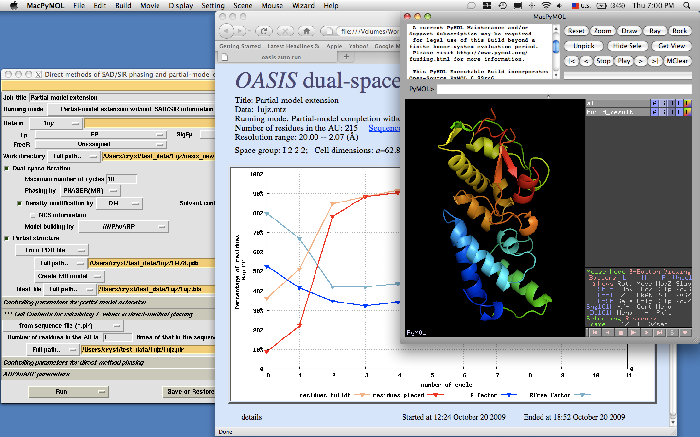
I. Improved SAD phasing
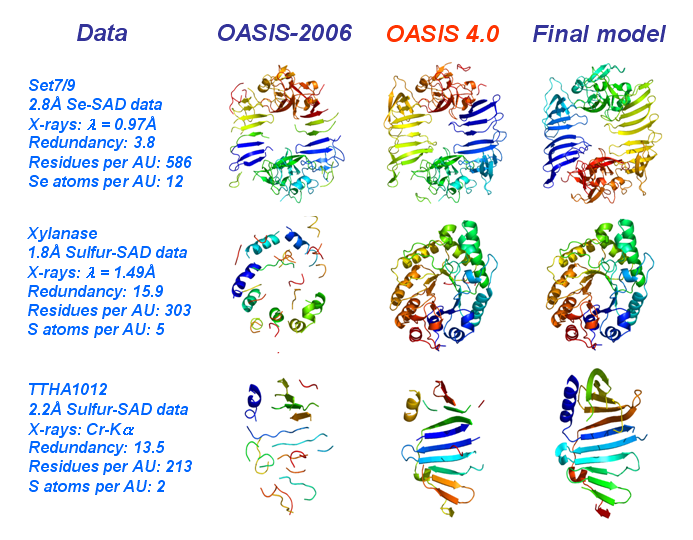
II. GUI for controlling and monitoring OASIS dual-space iteration
Control panel
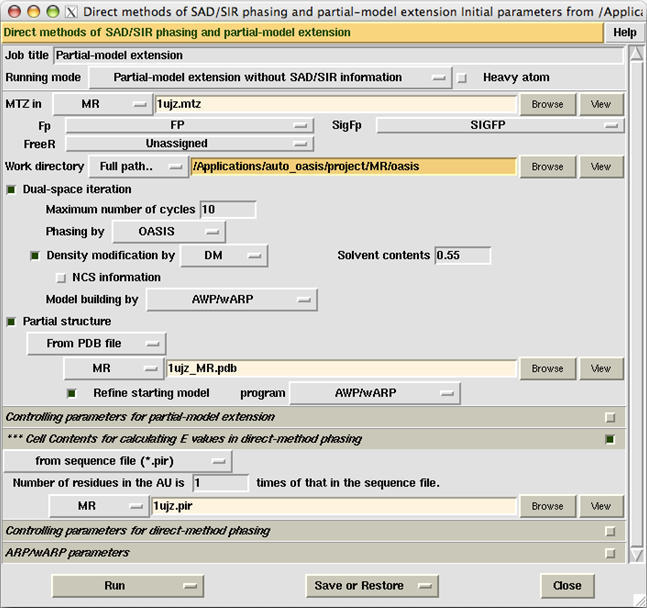
Monitoring board
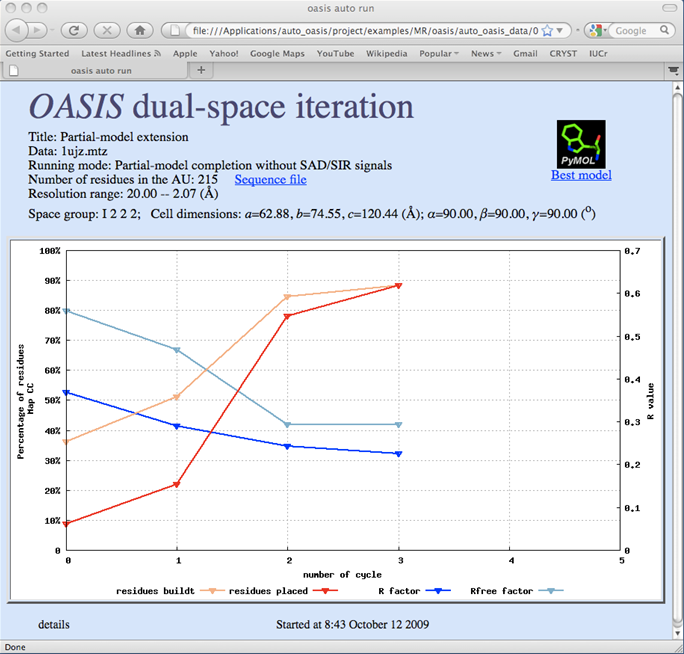
Details for finished cycles

Real-time model display
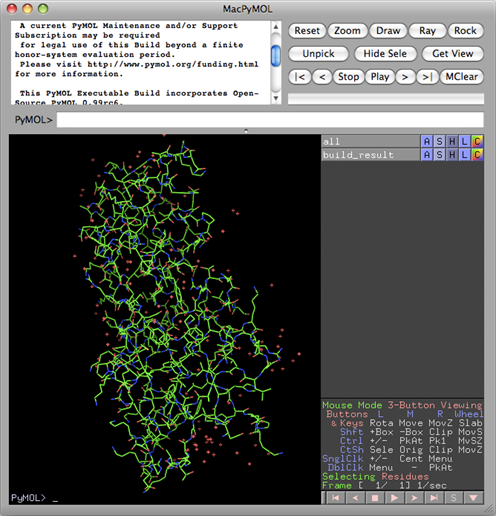
Detailed description of the OASIS GUI
I. Combining SOLVE/RESOLVE with OASIS/DM at low resolution
2007
II. SAD phasing and fragment extension at different resolutions down to 3Å and below
References:
[1] Y. He, Y.X. Gu, Z.J. Lin, C.D. Zheng and H.F. Fan,
Chinese Physics 16, 3022-3028. (2007)
![]()
[2] D.Q. Yao, H. Li, Q. Chen, Y.X. Gu, C.D. Zheng, Z.J. Lin, H.F. Fan, N. Watanabe and B.D. Sha,
Chinese Physics B 17, 0-0 (2008)
![]()
Direct-method dual-space fragment extension for MR model completion
The direct-method dual-space fragment extension has been extended to use in the case where SAD/SIR information are not available. Test with the protein 1UJZ showed that the technique is very efficient in model completion starting with a partial structure (~20% of the total) obtained from molecular replacement.

Reference:
Y. He, D.Q. Yao, Y.X. Gu, Z.J. Lin, C.D. Zheng & H.F. Fan,
Acta Cryst. D63, 793-799. (2007)
![]()
Dual-space fragment extension using SAD data
Extensive case studies have been carried out. Results have been summarized in References.
| Flow chart | Azurin | Lysozyme | Xylanase |
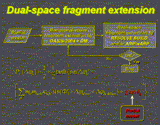
|
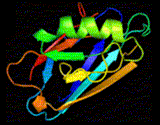
|
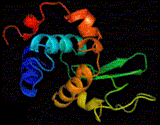
|
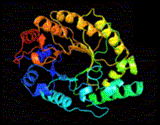
|
References:
[1] D.Q. Yao, S. Huang, J.W. Wang, Y.X. Gu, C.D. Zheng & H.F. Fan, N. Watanabe & I. Tanaka,
Acta Cryst. D62, 883-890. (2006)
![]()
[2] N. Watanabe, Y. Kitago, I. Tanaka, J.W. Wang, Y.X. Gu, C.D. Zheng & H.F. Fan,
Acta Cryst. D61, 1533-1540. (2005)
![]()
I. Auto-tuning the error term in direct-method SAD phasing
The probability formula of direct-method SAD phasing used in the program OASIS contains an error term, which is related to the lack-of-closure error. Previously in the error term, there is a constant to be determined empirically for each particular case. It has been found that improper choice of the constant led often to the failure of phase derivation. The problem is resolved by introducing a modified error term and a method of automatically tuning the associated scaling factor.
Electron density maps obtained by a default run of the modified OASIS followed by a default run of DM (Cowtan, K.).
| Cu-SAD | S-SAD | Se-SAD | Br-SAD |

|

|

|
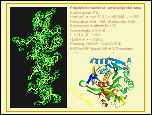
|
II. Direct-method SAD phasing with reciprocal-space fragment extension
Structure fragments obtained from automatic model building based on direct-method SAD phasing are fed back to the direct-method probability formula to strengthen the phasing power and to benefit automation.
| Flowchart | Xylanase synchrotron S-SAD data | ||

|

|

|
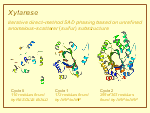
|
| Rusticyanin synchrotron Cu-SAD data | Thaumatin Cr-Ka S-SAD data | ||
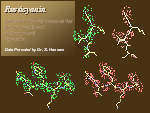
|
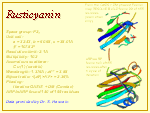
|
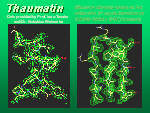
|

|
References:
[1] J.W. Wang, J.R. Chen, Y.X. Gu, C.D. Zheng, F. Jiang and H.F. Fan,
Acta Cryst. D60, 1987-1990. (2004)
![]()
[2] J.W. Wang, J.R. Chen, Y.X. Gu, C.D. Zheng, and H.F. Fan,
Acta Cryst. D60, 1991-1996. (2004)
![]()
SAD phasing, why direct methods?
SAD phasing is becoming popular in solving protein structures. The essential point to success is to break the phase ambiguity intrinsic in SAD data. Mostly this is done using density-modification techniques. However, density modification does not directly make choice between the two possible SAD phases for each reflection. The use of density-modification techniques alone leads often not to the best results. Two kinds of phase information enable discrimination of phase doublets from SAD data. One is from the heavy atoms (anomalous scatterers), while the other from the phase relationship of direct methods. The former can be expressed by the Sim distribution, while the latter can be expressed by the Cochran distribution. Usually only the Sim distribution is used to yield initial phases for the subsequent density modification. We use instead the product of the Sim and the Cochran distributions to produce initial phases, which have been proved much better than that from only the Sim distribution. Density modification based on such phases has been proved capable of yielding much better results than that based on only the Sim distribution.
Comparison of SAD phasing with and without direct methods
| Phase ambiguity intrinsic in SAD | Phase information available in SAD | Two different kinds of initial SAD phases | Phase probability disributions |
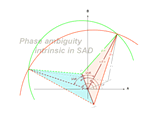
|
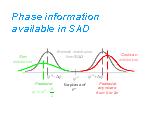
|

|

|
| Cumulative phase errors |
HMT SET7/9 | Rusticyanin | Azurin |

|
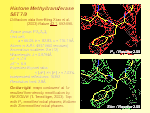
|
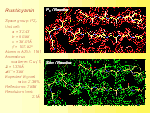
|
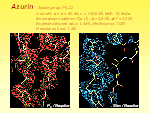
|
Reference:
[1] J.W. Wang, J.R. Chen, Y.X. Gu, C.D. Zheng, F. Jiang, H.F. Fan, T.C. Terwilliger
and Q. Hao, Acta Cryst. D60, 1244-1253. (2004)
![]()